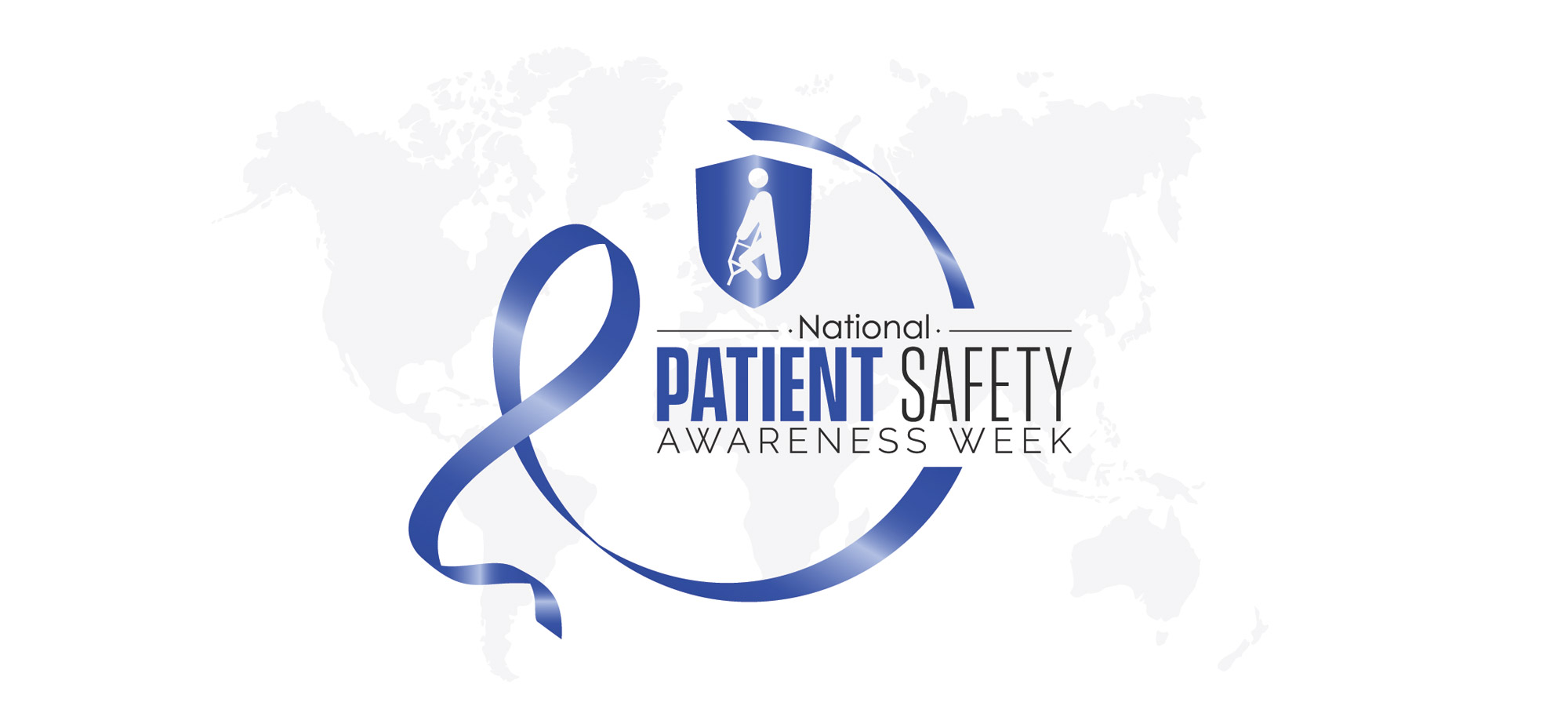
Prior to medical procedures, a physician, nurse, or other healthcare professional will discuss any potential side effects or risks associated with what a patient is about to experience.
In the case of endoscopy, for example, those risks may include everything from pancreatitis following an endoscopic retrograde cholangiopancreatography (ERCP) to bloating following a colonoscopy. Should endoscopists also consider placing a greater emphasis on the risk of cross-contamination during endoscopic procedures?
It’s a question worth pondering, especially this time of year. That’s because the Institute for Healthcare Improvement (IHI) recognizes March 12-18 as 2023 Patient Safety Awareness week. And recent safety communications from the U.S. Food and Drug Administration (FDA) cast infection prevention and patient safety in a new light.
Errors or instances of preventable harm in healthcare can have a wide range of physical, emotional, and financial effects on patients, according to the IHI, which is why the organization recognizes Patient Safety Awareness Week annually to educate about preventable harm to patients.
While endoscopy continues to be a safer alternative to surgery for diagnostic and therapeutic procedures in hollow cavities of the body, it is not without risks. Instances of infection, including from multidrug-resistant bacteria, and death have been traced back to reprocessed endoscopes, and the risks are greatest for immunocompromised patients.
The FDA has released several safety communications and warning letters since 2015 and has connected multiple instances of reported infection back to improperly reprocessed flexible endoscopes, including GI endoscopes and urological endoscopes.
In recent safety communications from the FDA regarding the potential for cross-contamination from urological endoscopes, the agency recommended endoscopists talk about the potential for infection with patients prior to procedures: “Discuss the benefits and risks associated with procedures involving reprocessed urological endoscopes with your patients.”
The agency also now recommends endoscopists switch to fully disposable or partially disposable duodenoscopes to mitigate risk to patients during ERCP. Most recently, the FDA issued warning letters to two leading manufacturers of reusable endoscopes about violations to medical device reporting requirements and system regulations for the endoscopes and accessories the companies manufacture.
Additionally, a recent analysis of medical device reports submitted to the FDA between 2014 and 2021 concluded current reprocessing protocols were not sufficient in preventing cross-contamination. Study author Dr. Lawrence Muscarella included colonoscopes, duodenoscopes, gastroscopes, bronchoscopes, ear-nose-throat “(ENT)” scopes and urological endoscopes, sold by a variety of manufacturers, in his analysis. The more than 10,000 adverse event reports were connected back to endoscopes that were deemed “patient ready” at the time of use.
Organizations such as the Association for Professionals in Infection Control and Epidemiology (APIC) have put out information regarding potential for infection in educational materials around procedures such as ERCP. The communications include warning signs of infection post-procedure.
While acknowledging the risk of infection during ERCP, APIC notes that it is “safer to undergo this hi-tech diagnostic procedure, which allows less invasive access through the mouth and throat and into the top of the small intestine, than to have a surgical procedure as was previously required.”
While severe complications due to cross-contamination are still considered rare, more hospital-acquired infections are traced back to endoscopes than any other medical device. That’s because endoscopes consist of long, narrow working channels that are difficult to clean and disinfect. Scopes used for advanced procedures such as ERCP and endoscopic ultrasound (EUS) have components on the distal ends that also may harbor harmful bacteria, even after reprocessing of a scope is complete.
Reprocessing of flexible endoscopes can take up to two hours to complete and may require more than 100 individual steps for disinfection — a process fraught with potential for error, particularly given the devices’ complexity and the demand for quick turns between uses.


